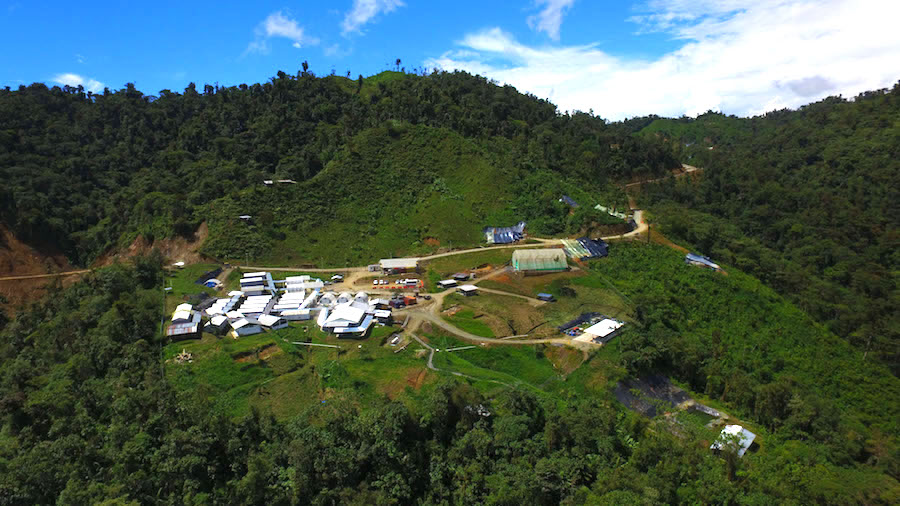
SolGold (LON: SOLG) said on Friday it had reached an agreement with the Ecuadorian government covering “certain financial terms and conditions”, along with a 33-year renewable permit to develop a copper, gold and silver mine at its Cascabel concession.
While the announcement clears up doubts about the project’s future, which SolGold even considered selling, it did not include any specifics related to the terms and conditions of the deal.
A recently updated feasibility study (PFS) for Cascabel showed the project could be developed for nearly $1 billion less than originally planned.
Pre-production capital used for initial mine development, first process plant module and infrastructure is now estimated at $1.55 billion, compared to $2.75 billion from the PFS issued in April 2022.
The 2024 study incorporated a phased development strategy, which SolGold says can substantially reduce the initial capital expenditure and optimize project development by gradually scaling up operations. Post-production costs, however, will be higher at $2.57 billion.
Cascabel will begin with a ramp-up period of about two years, following which the initial block cave will achieve a production rate of 12 million tonnes per annum, extracting high-grade ore averaging approximately 1.45% copper-equivalent for the first 10 years of production.
Mining operations will then double to a production rate of 24 million tonnes per annum in year 6. The Phase 2 mill expansion is expected to be entirely funded from project cash flow, SolGold has said.
The company believes that Cascabel has the potential to become one of the 20 largest copper-gold mines in South America. Mine construction is set to start in 2025.
It’s estimated that the global copper industry needs to spend more than $100 billion to build mines able to close what could be an annual supply deficit of 4.7 million tonnes by 2030.